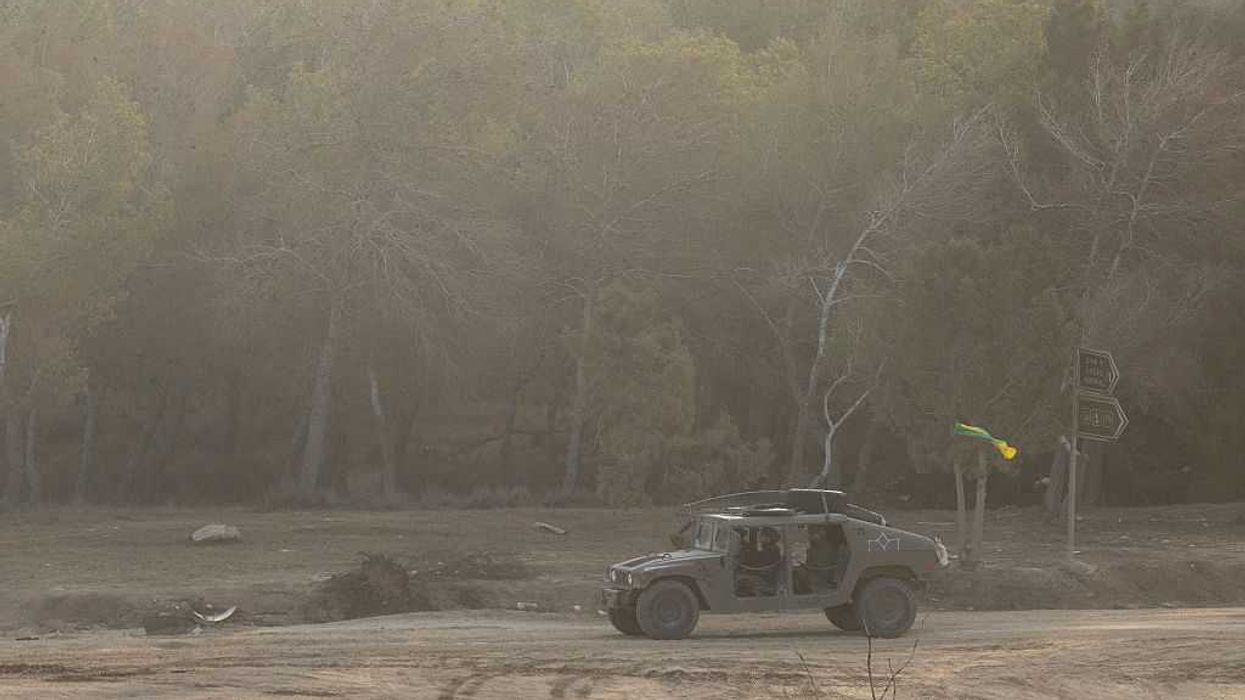I commend news agency columnists who publish research-based and value-added (versus “my opinion”) op-eds on a daily or frequent basis. Submitting an occasional essay allows me time to ponder contemporary issues and explore the latest hot topic.
Since Aug. 6, Perplexity and Google have helped me examine over 30 documents to determine the best and worst U.S. presidential cabinets. Based upon academic studies and expert analysis, here are the results.
Judging presidential cabinet strengths and weaknesses
While determining cabinet strengths and weaknesses can be debatable, broad research-based consensus, historical investigation, and political science scholarship supports a generally accepted conclusion to judging the quality of a presidential cabinet. Some key components include: expertise, competence, experience, operational effectiveness, ethical standards, scandals, internal White House diversity, and the ability for cabinet members to challenge the president without repercussions.
Several other dimensions to assess cabinet performance across U.S. presidencies include: turnover rates, public opinion and approval ratings, vacancy rates, delays in appointments, effectiveness of cabinet members’ actions, and the ability to maintain stability and implement policy.
Cabinet findings synopsis
Five different and independent research studies summarized that U.S. presidential cabinets can be compared, contrasted, and evaluated based upon three factors: 1) stable, low-turnover, and well-staffed cabinets are generally seen as higher performing, 2) high-turnover and high-vacancy cabinets are associated with decreased effectiveness, and 3) appointment of experts and diverse talent correlates with improved policy outcomes and cabinet success.
Best presidential cabinets
The following presidential cabinets are widely regarded as among the best in U.S. history:
1. Abraham Lincoln’s (Rep., 1861-1865) cabinet—known as the Team of Rivals—with people like William Seward, Salmon Chase, and Edwin Stanton, challenged yet complemented Lincoln, helping with the Union’s victory and abolition of slavery.
2. George Washington’s (no political party, 1789-1797) cabinet included Thomas Jefferson, Alexander Hamilton, Henry Knox, and Edmund Randolph, which Lindsay Chervinsky and other historians point to as a foundational model for effective executive leadership.
3. Franklin D. Roosevelt’s (Dem., 1933-1945) cabinet included Frances Perkins (first female cabinet secretary) and Henry Morgenthau Jr., who helped shape and implement the New Deal policies and guide America through World War II.
Worst presidential cabinets
Historical surveys cite the following presidential cabinets among the worst in U.S. history, predominantly due to issues of incompetence, corruption, and scandal:
1. Warren G. Harding’s (Rep., 1921-1923) cabinet is widely regarded as the worst of the worst due to the infamous Teapot Dome scandal, widespread corruption among cabinet members, and for exemplifying poor cabinet selection due to cronyism and misconduct.
2. Ulysses S. Grant’s (Rep., 1869-1877) cabinet was plagued by corruption, the Whiskey Ring scandal, the Crédit Mobilier affair, and unethical governance.
3. Donald J. Trump’s (Rep., 2017-2021 and 2025-2029) cabinets have been widely criticized for their lack of qualifications, record-setting high turnover rates, appointments based on loyalty over capability, conflicts of interest, stark public dissatisfaction, and poorly vetted appointees, but approved by Republican Senators.
Turnover of appointees is a proxy for performance and stability
Research is replete that turnover rates of presidential appointments are an indicator of presidential performance and a concrete indicator of stability. High cabinet turnover has significant negative consequences for governance and leadership effectiveness, such as loss of institutional memory, loss of expertise, lack of cohesion, and stalled initiatives.
Frequent cabinet turnover has serious consequences. It disrupts policy formation, diminishes efficiency, harms morale, undermines public trust, and weakens agency autonomy and long-term strategic capabilities.
During Trump’s first presidency, a record turnover occurred with 20 of his 24 cabinet picks either quitting or being “de-hired” by Trump. Furthermore, 92 percent of the 65 people who were on Trump’s 2017-2021 “A Team” left their appointed office.
During the first 220 days of Trump’s 2.0 administration, he’s already had turnover in 13 key positions, notably Dr. Demetre Daskalakis, Cameron Hamilton, Dr. Carla Hayden, Dr. Debra Houry, Dr. Daniel Jernigan, Dr. Peter Marks, Dr. Susan Monarez, Elon Musk, Shira Perlmutter, Dr. Vinay Prasad, Vivek Ramaswamy, Dr. Drew Snyder and Mike Waltz. Furthermore, at least 148,000 federal employees have left Trump’s 2.0 workforce.
Trump 1.0 and 2.0
From a cabinet member’s perspective, Trump’s two attempts at being president are near the bottom of 47 presidencies. Rigorous historical research would suggest this does not bode well that the 2025-2029 time period will be successful.
With all of the chaos, uncertainty, dictatorial behavior, flip-flopping, and 192 executive orders, 47 memoranda, and 79 proclamations brought to the table by Mr. Trump since Jan. 20 and controversial cabinet member actions, the proverb “hope springs eternal” has to be Americans’ guide to find optimism. A second proverb—“you reap what you sow”—is before Mr. Trump and the GOP Senators who approved the cabinet nominations.
Let’s face reality. A cabinet that ranks historically low with respect to competence, ethical standards, experience, and other competency criteria makes the U.S. vulnerable to a multitude of operational inefficiencies, policy blunders, ethical mishaps, scandals, conflicts of interest, conspiracies, and foreign intervention. Americans are in a situation where only time will tell the outcome.




















